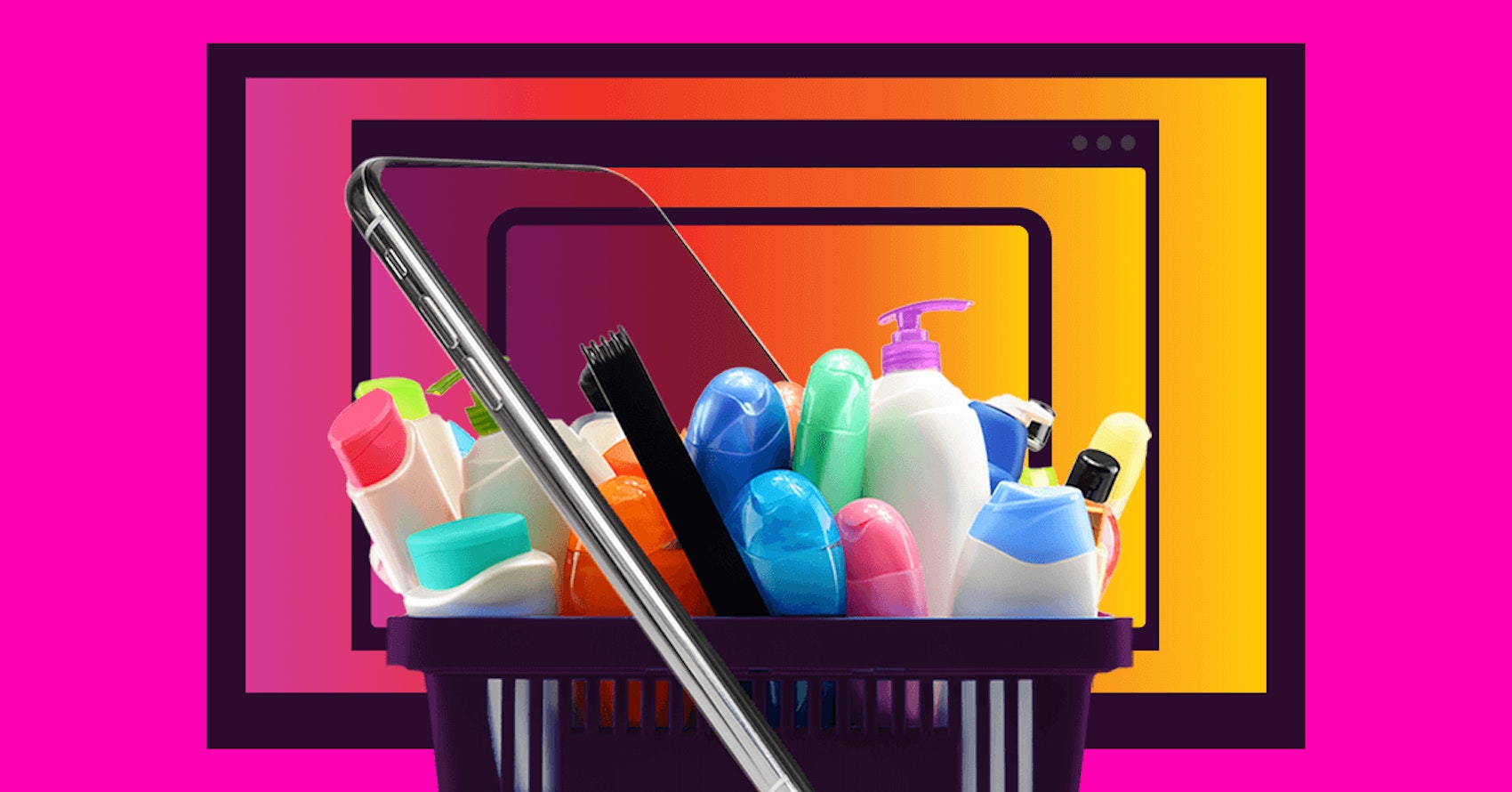
Omnichannel marketing for CPG brands is a strategy that provides consistent, related engagement and shopping opportunities to consumers across a variety of channels and devices. True omnichannel is about more than just the number of places your ad appears; those channels are supposed to work together, moving customers through their path to purchase.
Activations running as part of an omnichannel campaign should also be measured together as part of a holistic campaign, and the insights gathered from one platform should inform the next. What CPG marketers need is simplicity–a way to unify omnichannel planning, activation, and measurement.
More on that in a moment. First, let’s talk about why CPG marketers should adopt an omnichannel strategy.
Why CPG brands should take an omnichannel approach
According to our latest consumer research report, Unboxing the the Global Consumer, one in three American consumers always research products online (irrespective of value) before making purchase decisions. Shopping, regardless of category, no longer exists inside a vacuum.
Even in CPG, where most purchases are made offline and in-store, the buyer’s journey is omnichannel. People research new brands online, they watch commercials on their CTV, they get a coupon offer delivered while playing a game on their phone. They cash in that coupon at the grocery store later that afternoon.
Convenience matters to consumers. Omnichannel makes it easy to be everywhere your customer is, inviting them down the path to purchase.
Omnichannel is also an efficiency strategy. CPG marketers are susceptible to economic trends, and every dollar has to work overtime to earn and prove its return on investment. Omnichannel activations can inform optimizations across channels.
It’s time to rethink recession marketing. Discover how the right media strategy can ensure your desired outcomes are met and prove ROI, even during economic uncertainty.
The challenges of omnichannel marketing
One of the most obvious challenges of accomplishing true omnichannel marketing is the fragmentation of the advertising landscape. In order to run a campaign across multiple channels and publishers, marketers must work with multiple DSPs. More and more retailers are running their own retail media networks, adding on an additional layer of complexity. If the campaign has a CTV play (and it should) you are looking at even more DSPs. Managing all of those partners to effectively activate a unified campaign is a major time suck for marketers, who are typically already living with a large workload.
Fragmentation also makes measurement a problem. Whether you are a brand marketer or a shopper marketer, your first and largest concern is, as it should be, ROAS. But beyond that, measuring overall performance, total reach, incremental reach between platforms, e-commerce sales versus in-store, and how a campaign drove those actions, are all important and incredibly difficult to report on across a dozen or more activations.
In-flight optimization is all but impossible when a marketer is managing so many disparate advertising partners. Fragmented, siloed data makes cross-channel learning and optimizations all but impossible. Most marketers have to rely on post-campaign learnings to optimize their next campaign, but that doesn’t help the campaign running now.
Lastly, changing consumer expectations around privacy are making it harder for marketers to target their audience. This problem is particularly tricky for CPG brands, who traditionally do not have large amounts of first-party data to rely on.
Learn how MiQ’s Consumer Link, the largest and most diversified consumer data footprint, delivers a 360 degree view of shoppers for intelligent omnichannel planning, activation and measurement.
Omnichannel marketing, one access point
What CPG omnichannel marketers need is simplicity. A unified access point that allows them to use data from multiple sources to plan their campaigns, activate with a true omnichannel strategy that includes CTV, DOOH, as well as traditional digital media, and measure their separate activations collectively and allow those insights to optimize across channels and within a campaign’s flight.
When CPG marketers can show how their CTV and YouTube audience overlap, how shoppable ads increased cart completions, and perhaps most important of all, how many new and returning customer purchases the campaign drove (including the elusive in-store purchases), proving the value of their omnichannel marketing becomes much simpler.
We can help with that. Our agnostic approach to partners means we have access to all of the fragmented data marketers need, and the clean room experience needed to integrate that data and derive essential insights from it. We are also DSP agnostic, so marketers have access to all channels and publishers, delivered on optimized supply paths, from one unified platform. And our trading experts use real-time insights to optimize campaign performance in-flight, ensuring our clients meet and exceed their goals.
Our unique creative strategies coupled with our proprietary technology and agnostic access to inventory helps ensure marketers achieve their goals. Learn more at: https://www.wearemiq.com/our-business/
- 1.1


